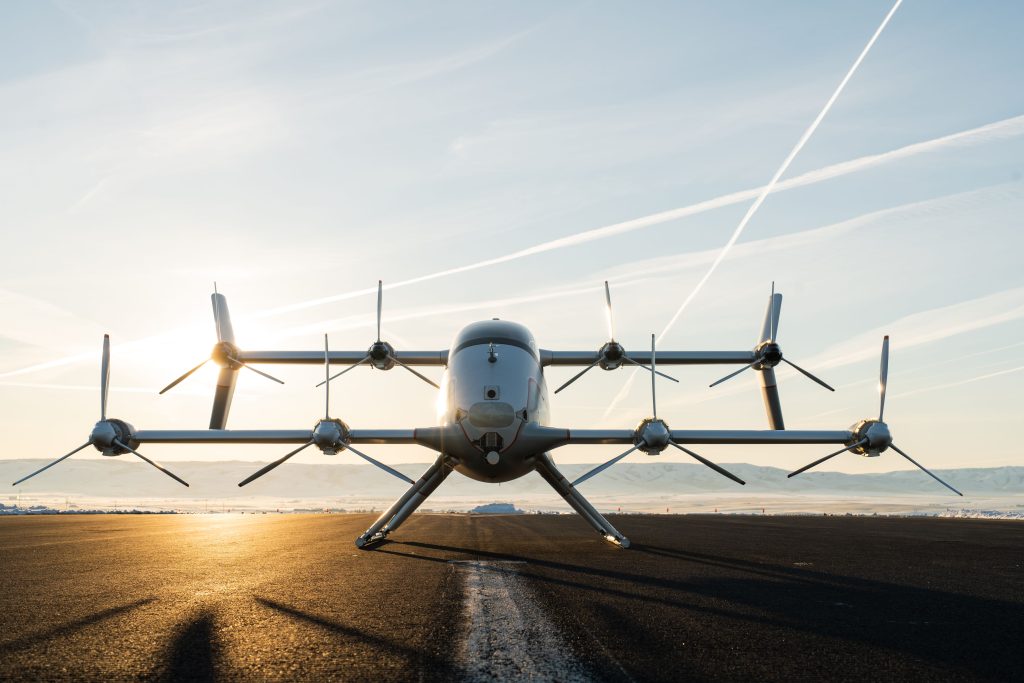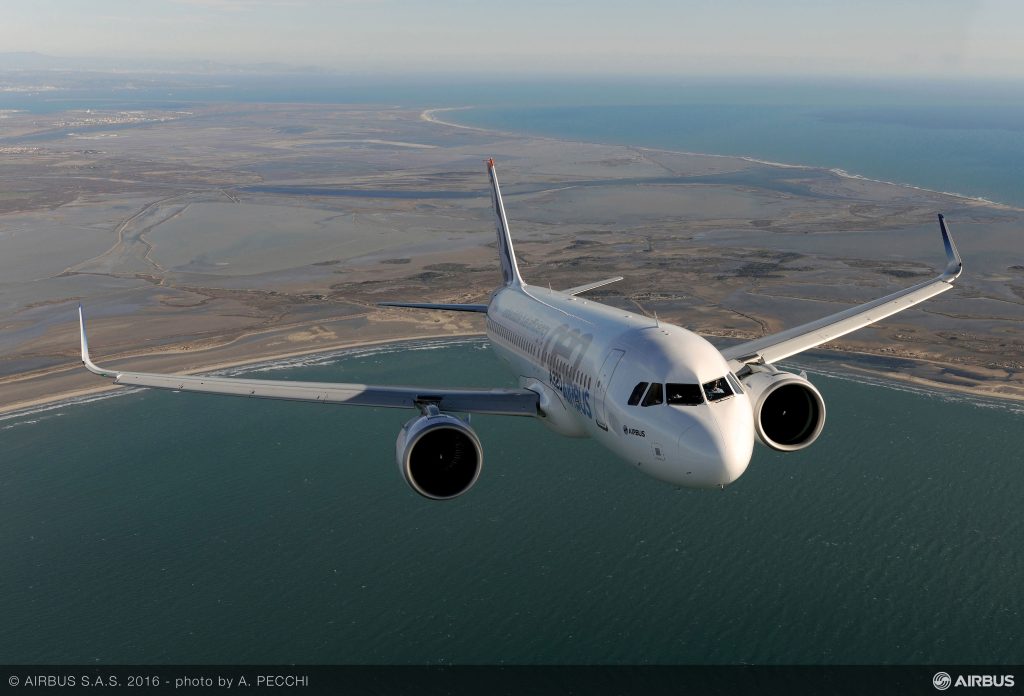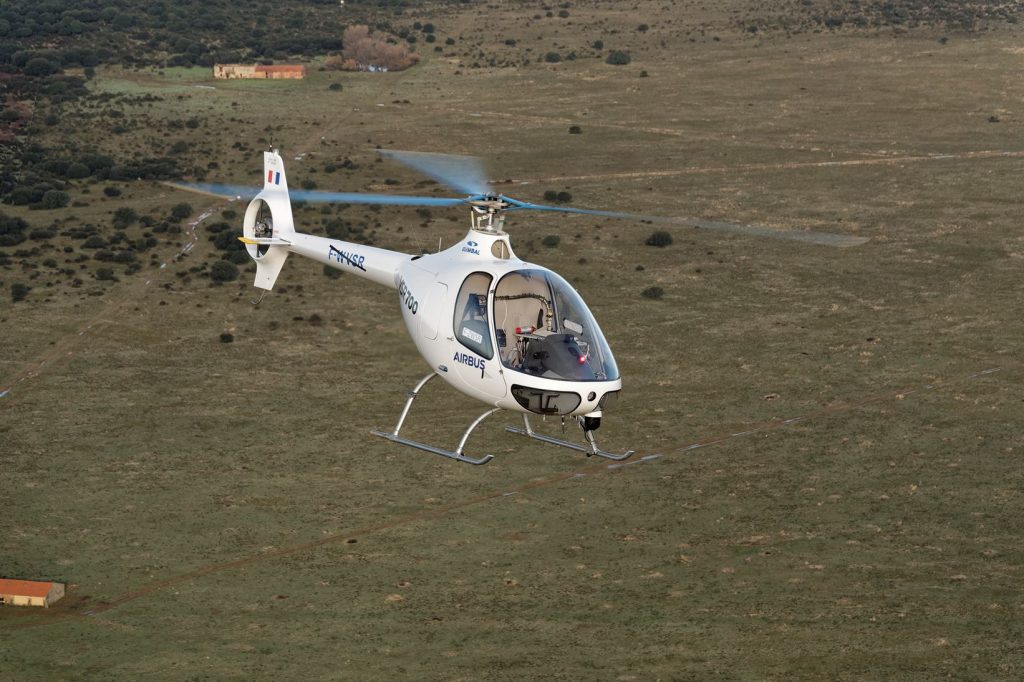
As one of the aerospace industry’s most forward-looking manufacturers—and arguably the sector’s current leader in digital transformation—Airbus has a well-earned reputation for being a disruptor, dating back to 1970 when the company was just getting underway.
(Click here to read more about Airbus’ partnership with Dassault Systèmes for a digital transformation)
At the time, it was a bold decision to bring together different European aircraft manufacturers in a cross-border enterprise. “Working in isolation, Europe’s manufacturers had little prospect of success against their American competitors, who controlled nearly 90 percent of the worldwide market [for commercial aircraft],” recalled John Leahy, former chief operating officer, Customers, at Airbus.

Then in the mid-1980s, the company introduced its single-aisle A320, the first jetliner equipped with full digital fly-by-wire flight controls, which replaced manual flight controls. The breakthrough technology improved safety by preventing pilots from flying the aircraft beyond its design limits. Competitors were forced to follow suit. Among other disruptions, Airbus introduced the concept of common cockpit systems throughout its aircraft family, improving pilot workload and efficiency and making it much easier and less costly to train pilots—and once again competitors were forced to follow suit.
Now Airbus is working on building scalable autonomy systems that can be certified and integrated across the company’s product portfolio—including self-piloted air vehicles being developed for the emerging urban air mobility (UAM) market. The strategic research-and-development initiative is known as Wayfinder, and engineers’ primary focus is on developing a common set of software and hardware that’s scalable for all types of aircraft, manned and unmanned.
Driving the need for self-piloting air vehicles is a projected shortage of pilots to satisfy the growth in large commercial aircraft that’s forecast over the next 15 years. Exacerbating this shortfall will be the potential demand for pilots for what’s expected to be a burgeoning demand for electric vertical-take-off-and-landing (eVTOL) UAM vehicles or air taxis, according to original equipment manufacturers.

Airbus has two eVTOL demonstrators: Vahana, a winged air vehicle demonstrating autonomy and a multisensor detect-and-avoid system, and CityAirbus, which is focused more on demonstrating an electric propulsion system. Vahana has been under development for about three years. Airbus engineering managers envision one or both—or versions of them—entering commercial service in the 2025 to 2028 timeframe. Of course, that’s assuming that all regulatory constraints have been overcome.
Like many other major aerospace companies, Airbus is trying different approaches to technology innovation and product development, with special attention to what it can adapt from the automotive and electronics industries. Airbus’s Innovation Center in Silicon Valley is leading the Wayfinder effort.
Autonomy, in particular, will be an especially critical enabler for some of the most futuristic air vehicles in development or still on the drawing board, like Vahana. That particular aircraft’s autonomous system will need to be just as competent at making all of the decisions that a human pilot would be expected to make, as well being able to react to unforeseen events.

Based on computer vision and machine learning, Wayfinder is developing software that will enable all types of aircraft to discern its operating environment. This is being done using techniques developed for image processing and self-driving cars and adapting them to meet the requirements for autonomous aircraft. In parallel, Wayfinder is developing complex decision-making software that will enable an aircraft to navigate autonomously with the environment it senses. Key to the program’s success will be the development of new types of sensors and computers that meet the size, weight and power constraints of aircraft.
Looking beyond Wayfinder per se, there are lessons for other aerospace companies in what Airbus is doing—namely imagining its future. Despite its market leadership in commercial aircraft, it is exhibiting an awareness that it cannot take its success for granted, even in the long term. With barriers to entry lower than ever for new entrants, smaller upstarts have demonstrated they can disrupt even legacy players.
“At Airbus, we try to look decades into the future when we plan our investments and aircraft programs,” Leahy said before retiring in 2017.
Editor’s Note: To hear the experts weigh in on advancing future flight and mobility register for Dassault Sytemes 3DEXPERIENCE FORUM 2019, taking place May 13-16 at Caesars Palace, Las Vegas.
